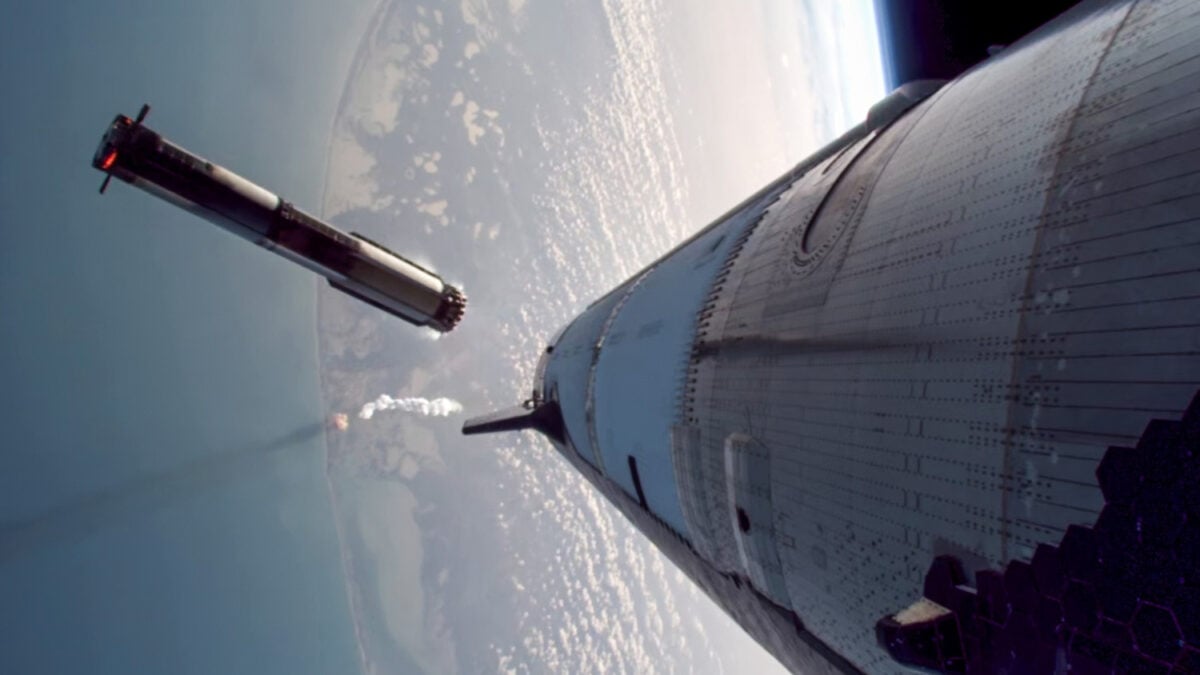FAA Allows SpaceX to Drop Starship Rocket Bits on Sacred Hawaiian Island

Elon Musk’s obsession with colonizing Mars is polluting Earth. As SpaceX seeks to ramp up its launches of Starship, it’s also expanding its splashdown area where pieces of the rocket are allowed to litter the Pacific Ocean. A recent expansion threatens marine wildlife surrounding a sacred island in native Hawaiian tradition.
The Federal Aviation Administration (FAA) approved SpaceX’s request to rain down debris in the waters surrounding Mokumanamana, an uninhabited island in Northwestern Hawaii known for its religious and cultural sites, The Guardian recently reported. SpaceX’s operations in Boca Chica, Texas, have already had an impact on wildlife in the surrounding habitat, and now the company is looking to increase its rate of Starship launches and to expand the area where bits of the rocket can fall.
More launches, more problems
The company was initially granted a license to launch its Starship rocket five times each year, but that number quickly quadrupled when the FAA approved SpaceX’s request to fly the largest rocket ever built 25 times a year in 2024. Along with the rapid launches, SpaceX also sought to expand the designated area in the Pacific Ocean where bits of its rocket might fall.
SpaceX’s megarocket has had nine test flights so far, and some of them have ended with massive explosions that dropped metal scraps on inhabited areas in Turks and Caicos and several Caribbean islands. No injuries were reported, and SpaceX was allowed to fly Starship again and again after brief investigations into the incidents.
With the FAA’s recent approval of SpaceX’s new splashdown area, the company will be allowed to litter larger regions of the Pacific Ocean that include Mokumanamana and seven other Hawaiian islands that lie within a UNESCO world heritage site, the Papahānaumokuākea Marine National Monument, according to The Guardian’s report.
Rocket-sized environmental concerns
Papahānaumokuākea is the largest marine conservation area in the world, home to threatened or endangered plants, birds, seals, and sea turtles, according to the U.S. Fish and Wildlife Service. As SpaceX launches more Starships to the skies, the debris could threaten marine life in the protected waters the same way the rocket has had a negative effect on the wildlife surrounding its launch site.
Local wildlife groups in Texas have long criticized the FAA for overlooking SpaceX’s impact on the surrounding habitat. SpaceX’s launch site in South Texas is surrounded by a wildlife habitat that’s considered a refuge to several endangered and threatened species like ocelots, piping plovers, and Kemp’s Ridley sea turtles. Starship’s inaugural liftoff, which sent chunks of concrete and metal thousands of feet away from the launchpad, prompted a review of environmental impacts and potential threats to endangered species in the Boca Chica region. Conservation groups even sued the FAA for its approval of SpaceX’s expanded launch operations in Boca Chica, Texas, without adequate environmental review. The lawsuit claims that the FAA didn’t require an in-depth environmental impact statement before approving SpaceX’s Starship plans.
SpaceX’s impact even reached Mexico, with local scientists saying that debris from the exploding rocket is killing wildlife, including dolphins, sea turtles, and fish. Mexico’s president, Claudia Sheinbaum, is threatening to sue over possible contamination from SpaceX’s rocket launches.
Despite the widespread condemnation of Starship’s impact on Earth, the FAA is seemingly not at odds with these environmental concerns. “We, especially as Native Hawaiians who have a special relationship to that place, simply want an honest and true assessment of the risk before consenting to the raining of thousands of pieces of a failed rocket,” William Aila, the former chair of Hawaii’s department of land and natural resources, told The Guardian.








